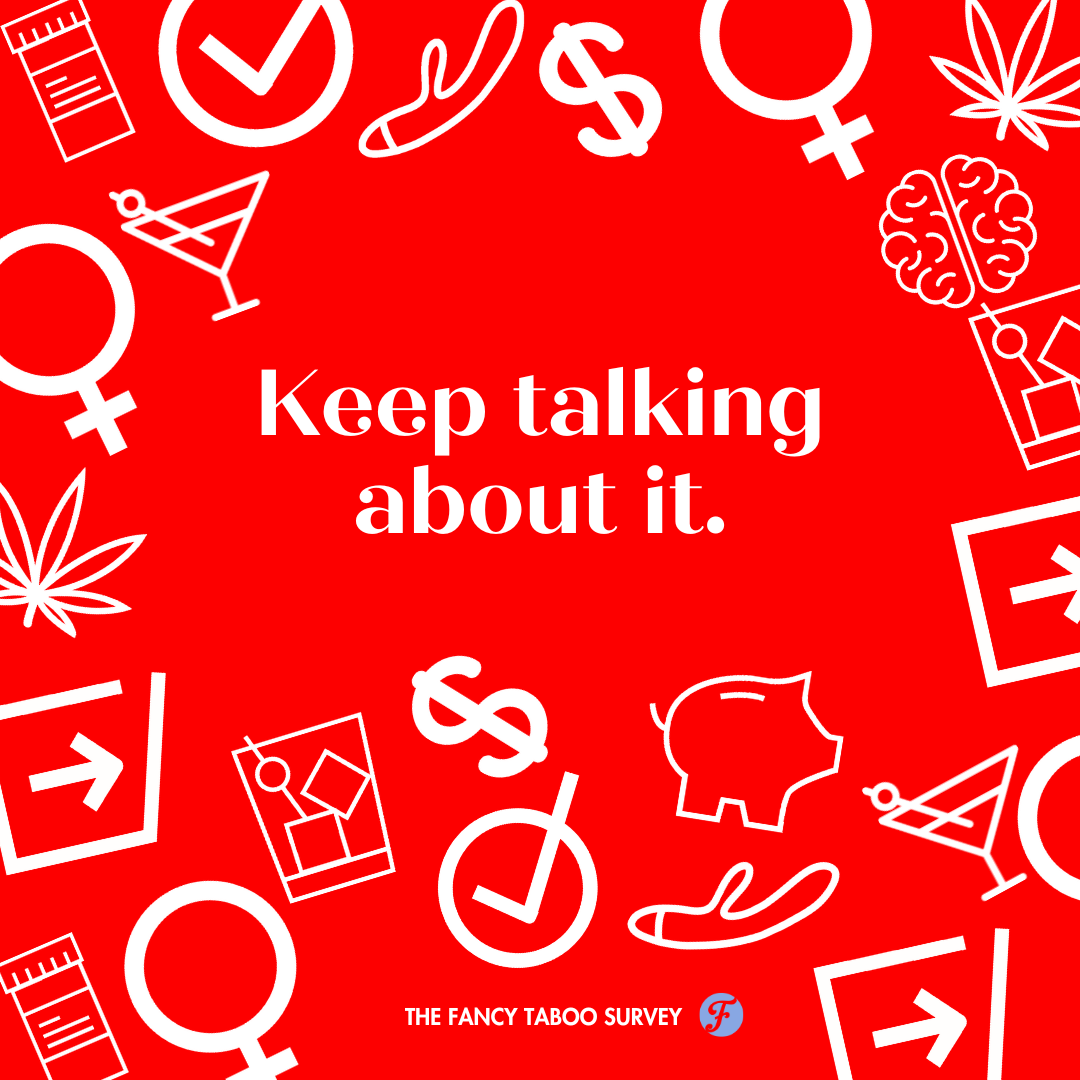
Society’s Changing, Are You?
We’ve been sharing our taboo research insights for a year now, and it’s clear that change is here. It’s not a matter of if but what progress we pursue now.

Women Want to Buy From Brands That Support Them
Ultimately, you can choose how you show up as a brand. This is privilege, and it is power. You can pander and prioritize your profits only. You can do the bare minimum to meet your bottom line. You can come up with any number of excuses why you can’t do more (“We’re just a brand!” “That’s not our responsibility.” “We don’t have the time or resources.”) Or, you can change minds and lives.
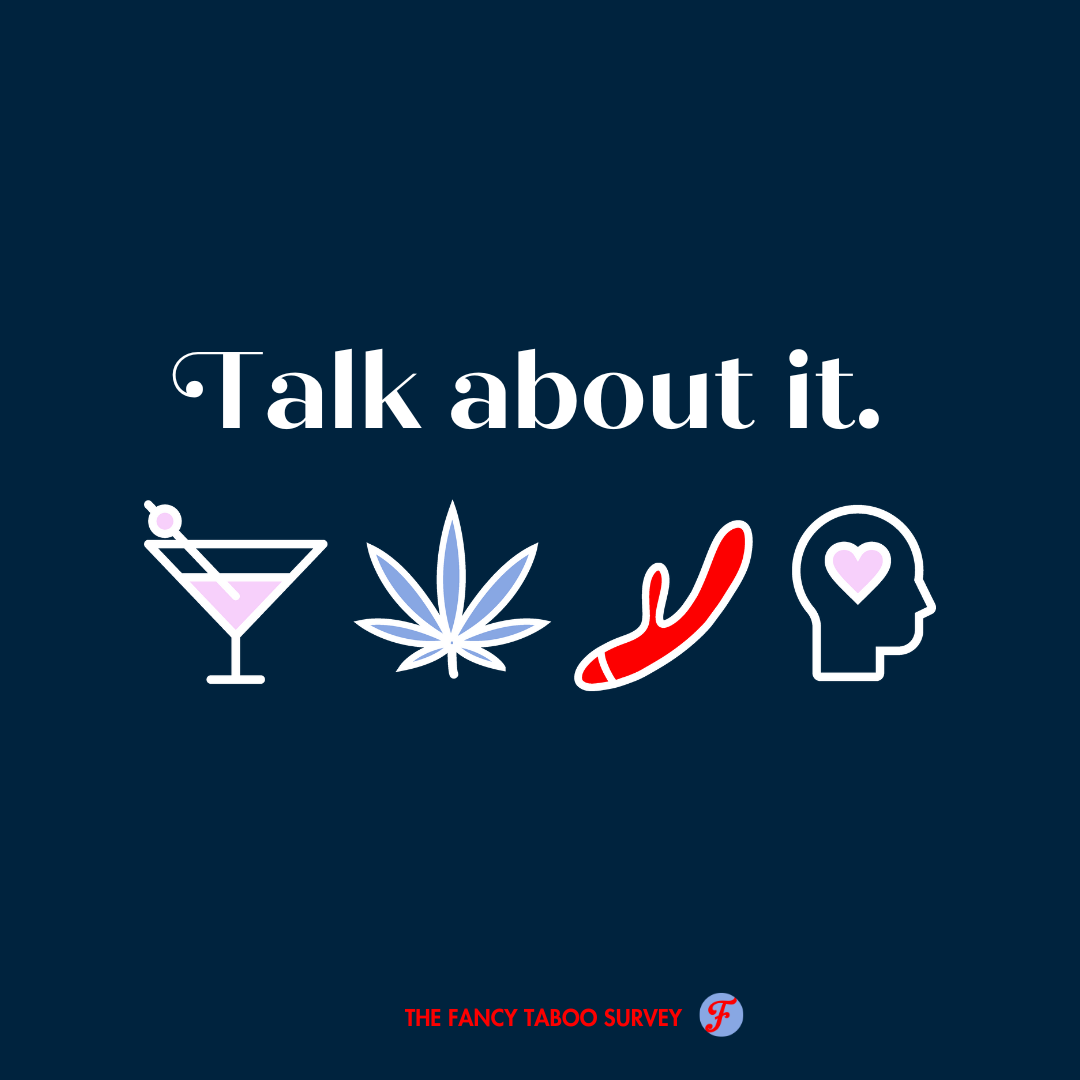
How to Help Women Feel Comfortable Sharing Taboo Purchases
Our research shows most women are talking about taboo purchases with people in their social networks. But to reach the women who would benefit most, brands need to make it easier for women to talk openly about their experiences. The first step might be starting and facilitating those general conversations so that women can ease into sharing more personal details.
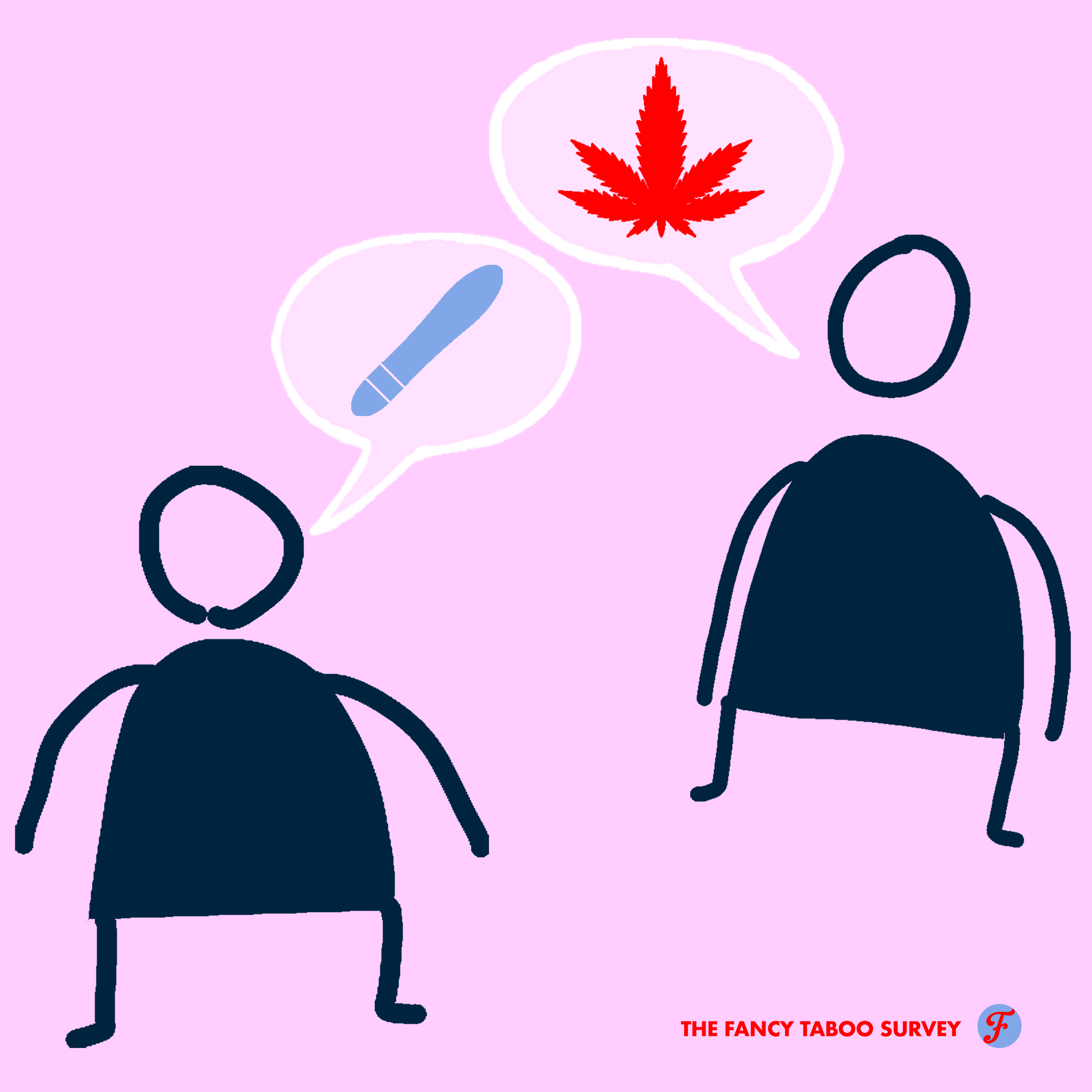
Women Are Starting Taboo Conversations
Women talk. Even if they’re discerning about who they talk to, most do not keep taboo purchases completely private. These products and services may be taboo publicly, but that’s far from the case in women’s private conversations.

Sex, sexuality, and sex products in advertising
We know sex is a powerful force in people's lives. In some ways, it makes sense advertisers jumped (and continue jumping) to use it to sell products and services. But does sex sell?
We have two opposing forces at play. Advertising uses women’s sexuality, a Frankenstein version, to sell products and services. Yet women have little ad space for exploring their sexuality authentically. In some ways, how women feel about sex, sex toys, sexual identity, pleasure, desire, and more is absent in advertising. It’s implied, contorted, and avoided in messaging. Instead, women are often face to face with a reductionist version of their sexuality, with them as objects for men’s desire.
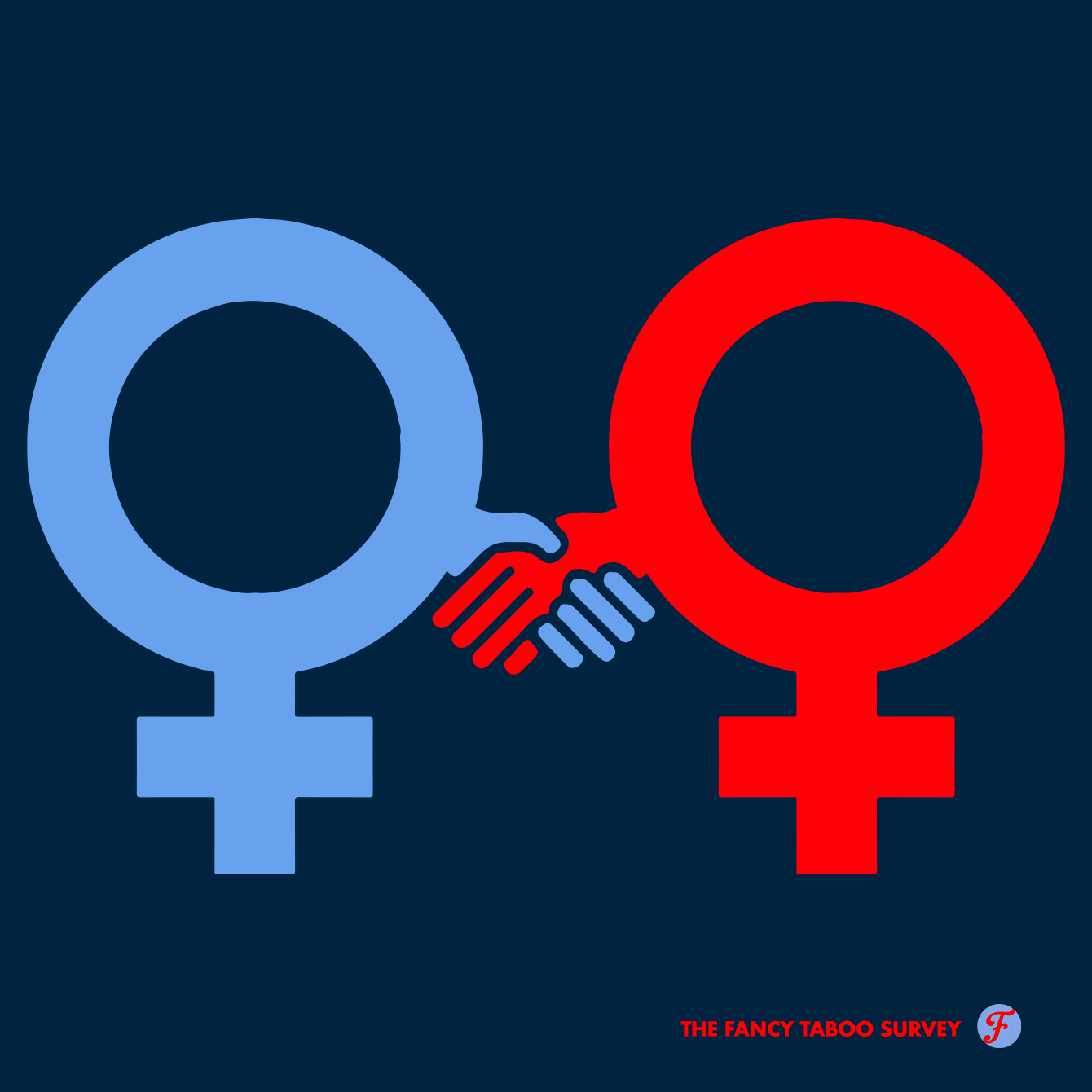
Women Writing Women
Women need to “write” the story in advertising. They need to be involved in the process — in leadership, product development, creative direction, and more.

Gender Stereotypes Advertising Needs to Ditch
Women are ready for something new, something fresh, and something relatable. The 600 women who participated in our attitudinal segmentation research and the insights we learned from them can help us advertisers usher in a new stereotype-free era.
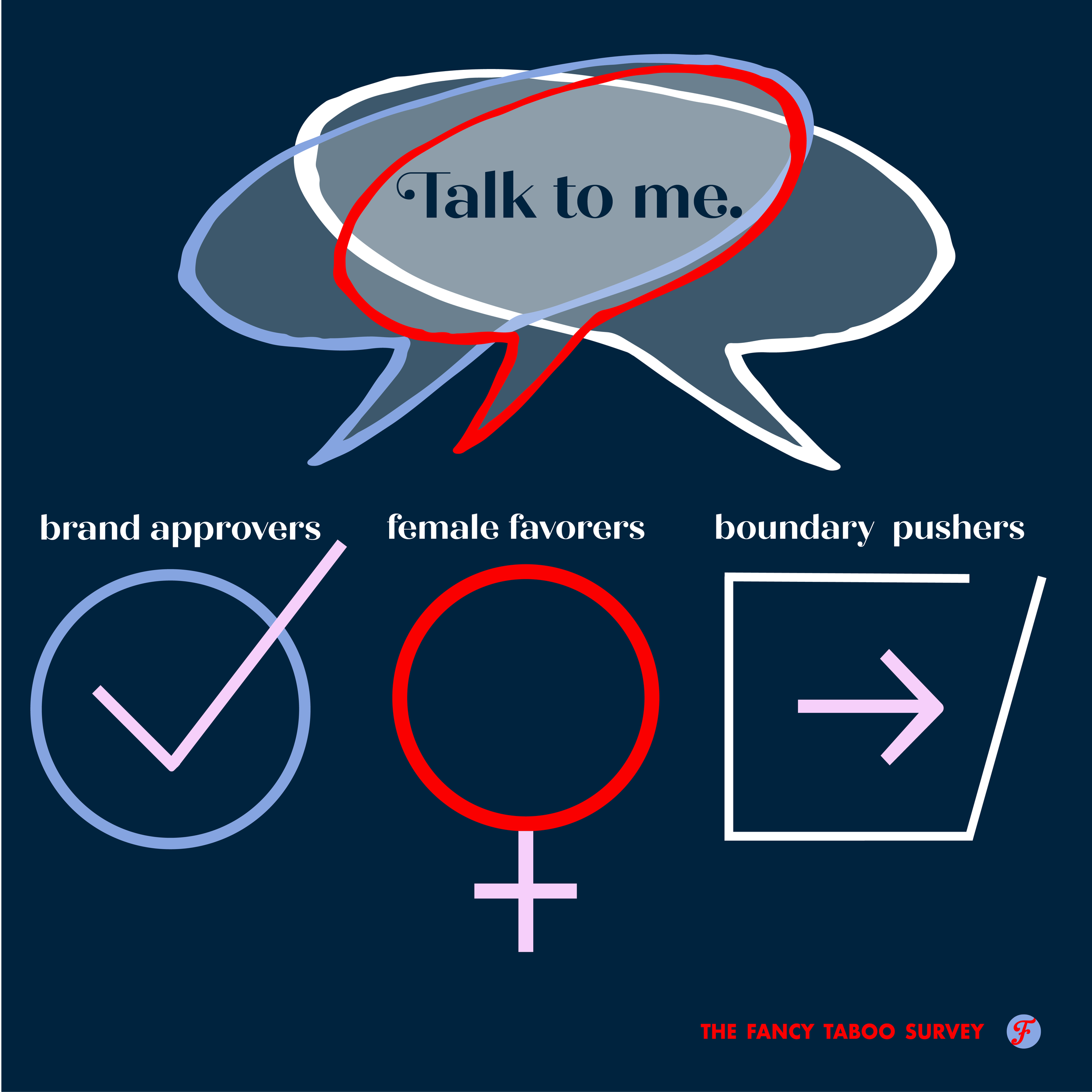
Ad Targeting By Attitudinal Segment
Advertising has a long history of erasing women’s experiences and replacing them with stereotypes, impossible standards, and disempowering storylines. There’s been progress, but are we resting on our laurels instead of pushing for more?
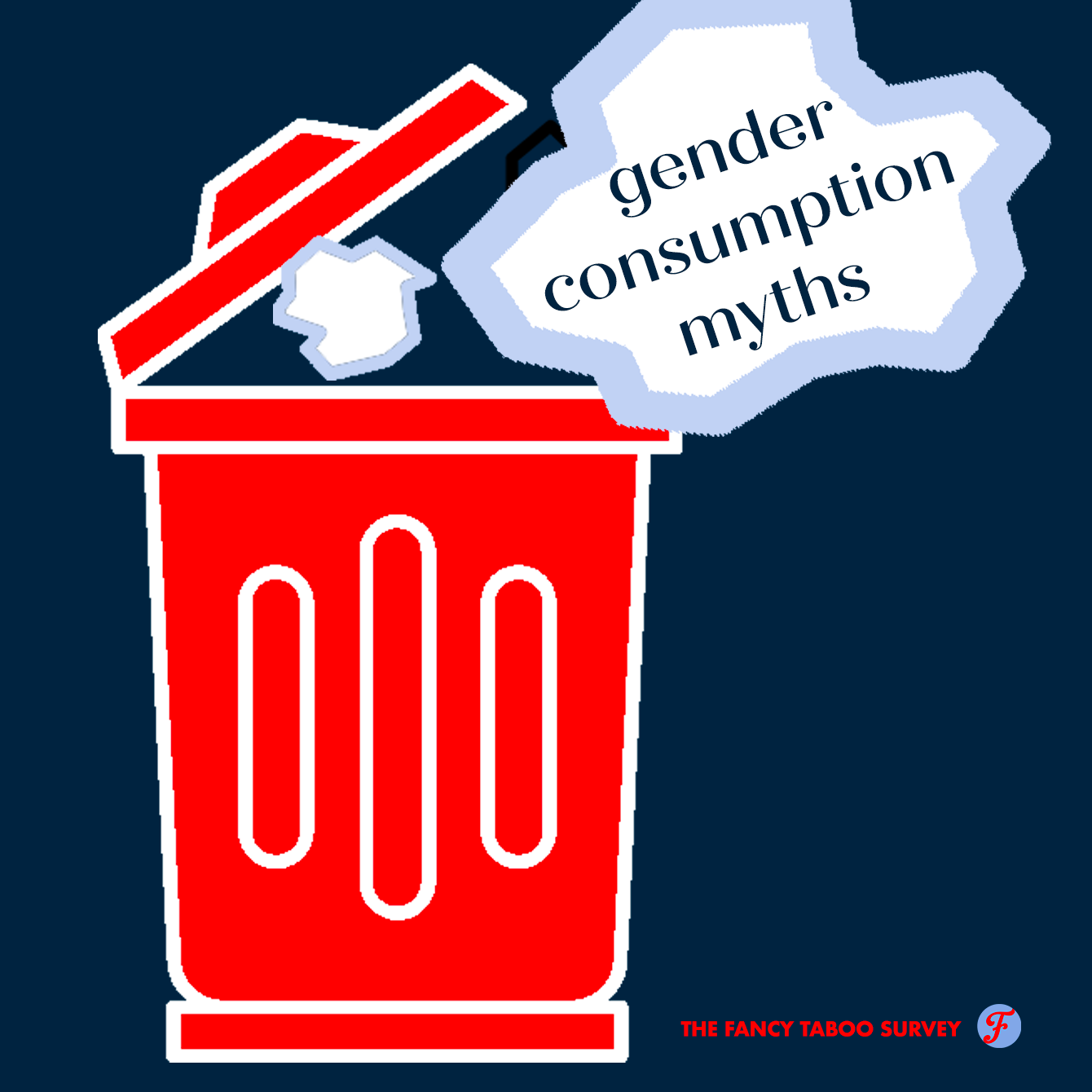
taboos and gender inequality
Even though people of all genders buy products like cannabis, alcohol, and sex toys, women consistently say they’re treated differently by advertisers—as if they’re not using the same products as their male friends, partners, and brothers. Brands need to ditch their preconceived notions about gender-based consumption.
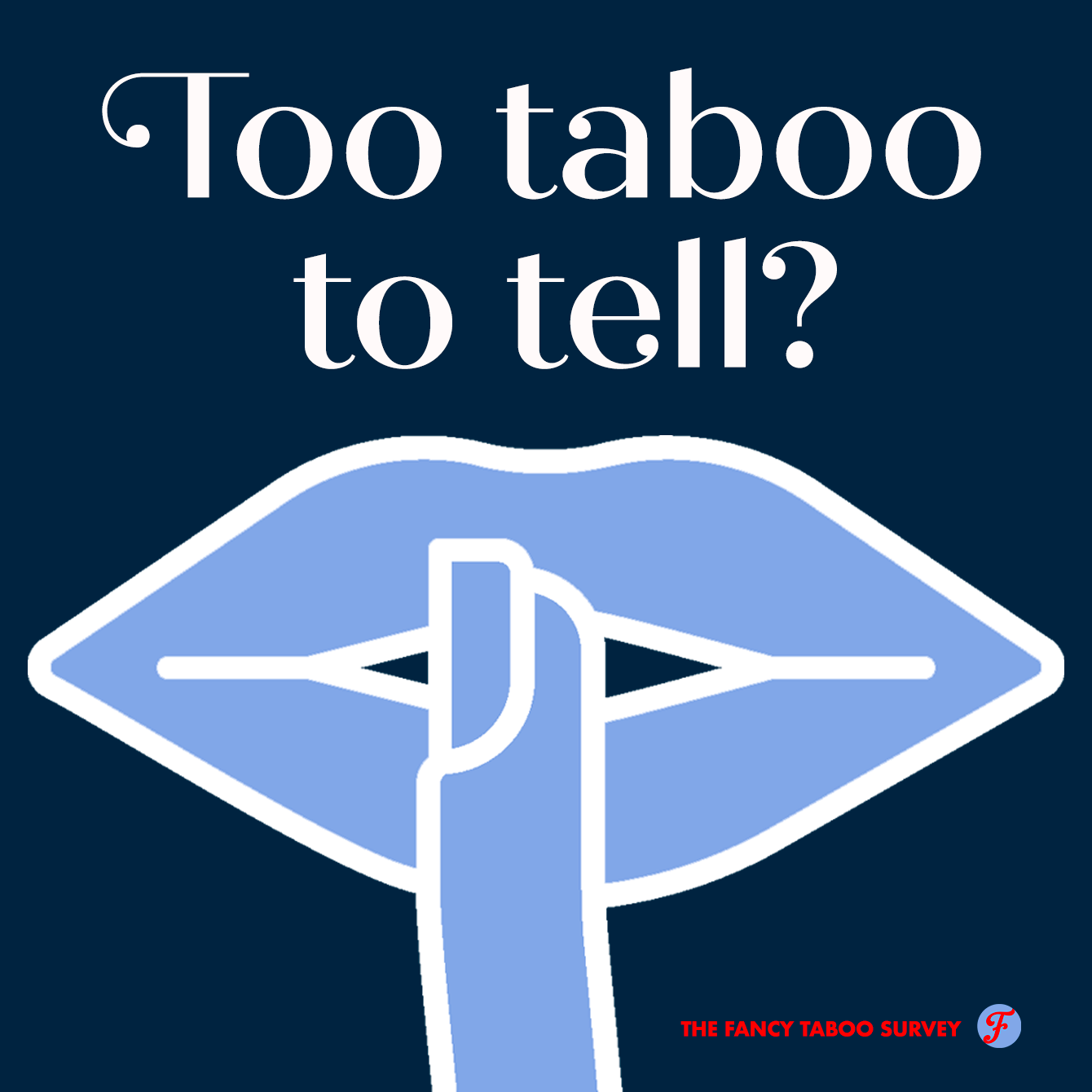
How Social Stigmas Influence Taboo Purchases
Social stigmas are a powerful force in the product and service world, serving as a literal wall between women and their communities. However, brands are uniquely positioned to take that wall down, brick by brick, making it easier for women to talk about products and services that benefit them.

Ending Gender Discrimination in Advertising
To advertise to women effectively, you need to understand their context. For many women, discrimination and gender disparities are realities they’ve faced and continue to face. These experiences are sources of pain, stress and are part of their daily lives. Advertising is more effective when it solves a problem, and many women have a big problem at work, at home, and just living in society.
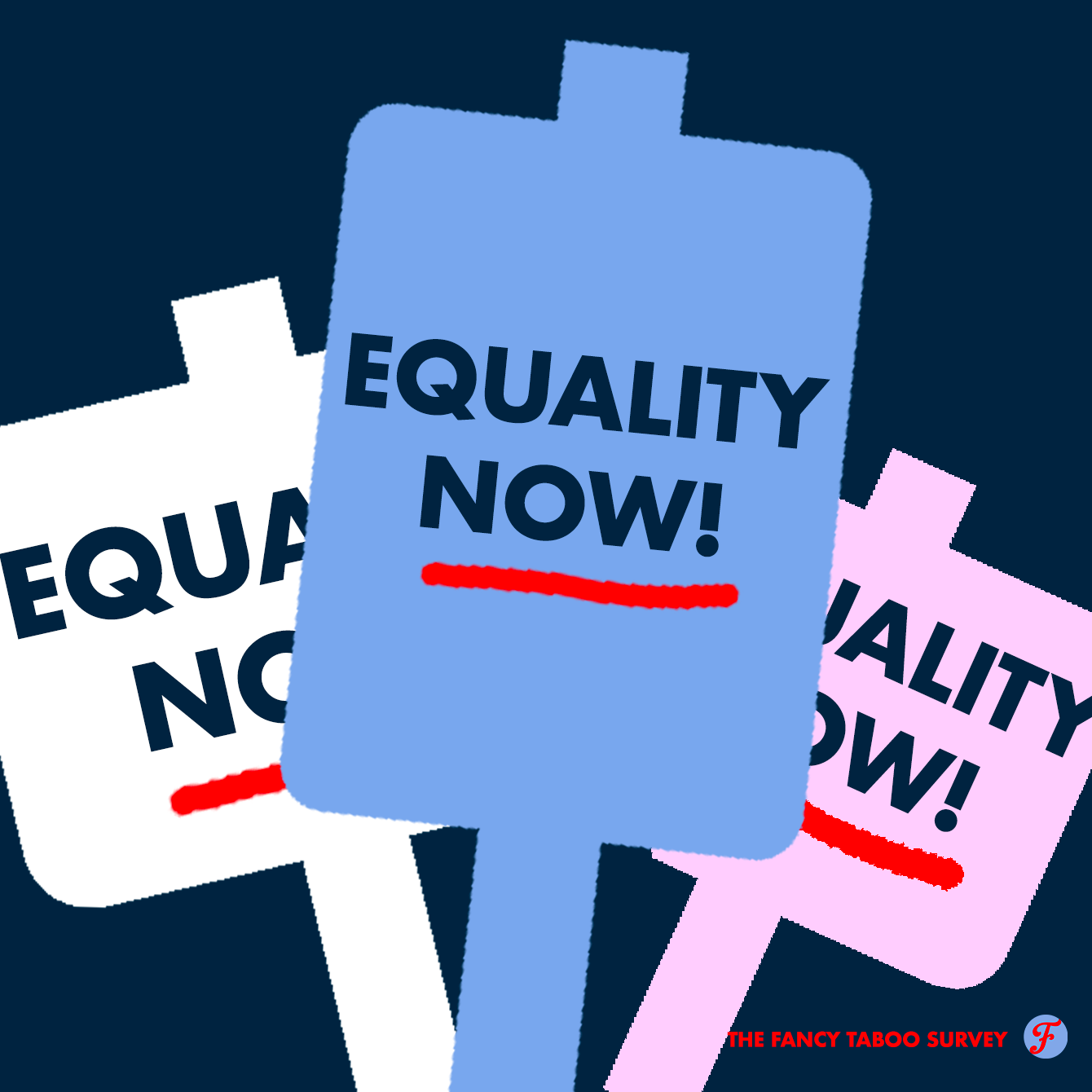
How Advertising Can Help Solve Gender Equality
Advertising has a problem, and women want a solution. Women want better on-screen representation—to see themselves in ads the way they see themselves in life. And they want brands to wield their enormous power and influence to change society for the better. Our attitudinal segmentation research explores how women feel about advertising and what they want from brands. If advertisers want to get it right, they have to start listening.

How to sell financial products and services to women
Change isn’t just on the horizon; it’s already here. If you’re a financial advertiser, women’s financial lives are worth your time and energy. Know them, sell to them.

Younger women are more likely to have positive brand perceptions. Here’s why:
Age is not just a number. It’s a guiding light for smart brands that sell products and services to women. But if you limit your understanding to tired demographics you’ll be left wanting for conversions (and losing with women). It’s time we took a holistic look at age.

Harness women’s purchasing power and financial influence
Advertising’s biggest miss is failing to recognize the purchasing power of women. Here’s how you do it right.
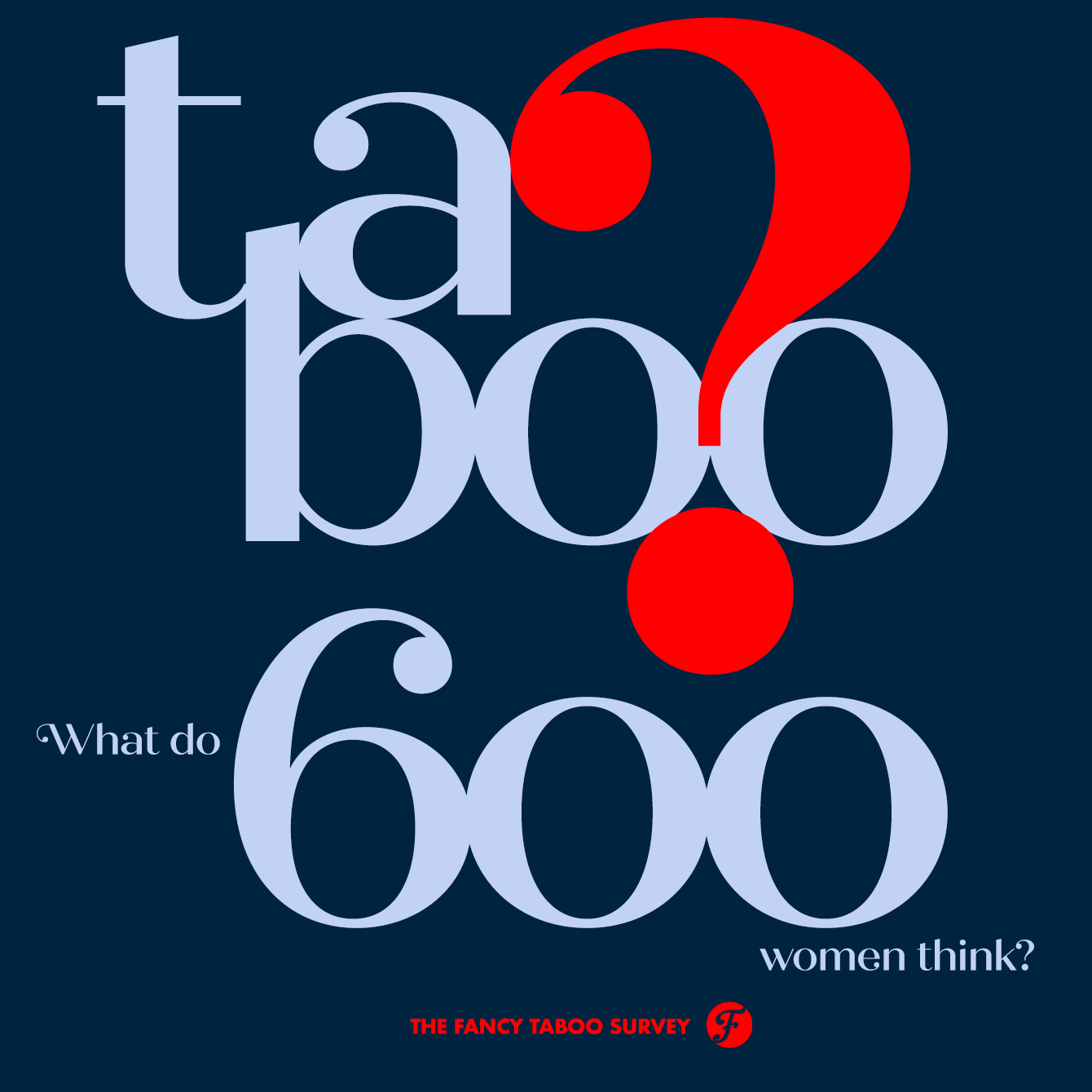
600 women will tell you what they really want from brands and how to talk taboos
Advertising has failed to reach women since its inception. Call it stereotypes. Call it too few women steering the ship. But either way, women want you to call it like it is. Women are tired of brand silence on the issues that matter most. Our taboo research proves it.

Fancy releases results of new survey covering feminine taboos
We believe that for too long, the marketing world has ignored women’s lived experiences (and voices). Taboos exist to silence women, surrounding aspects of their lives with stigma and shame. It’s time women have space to say what they want. It’s time we get real and have the conversations women have been trying to have for their entire lives.

When it comes to health & wellness decisions, FemX marks the spot.
Fancy just partnered with Health Mavens on a new survey to dive into the what and why of how FemXers, women 40-60, make their health & wellness decisions.
